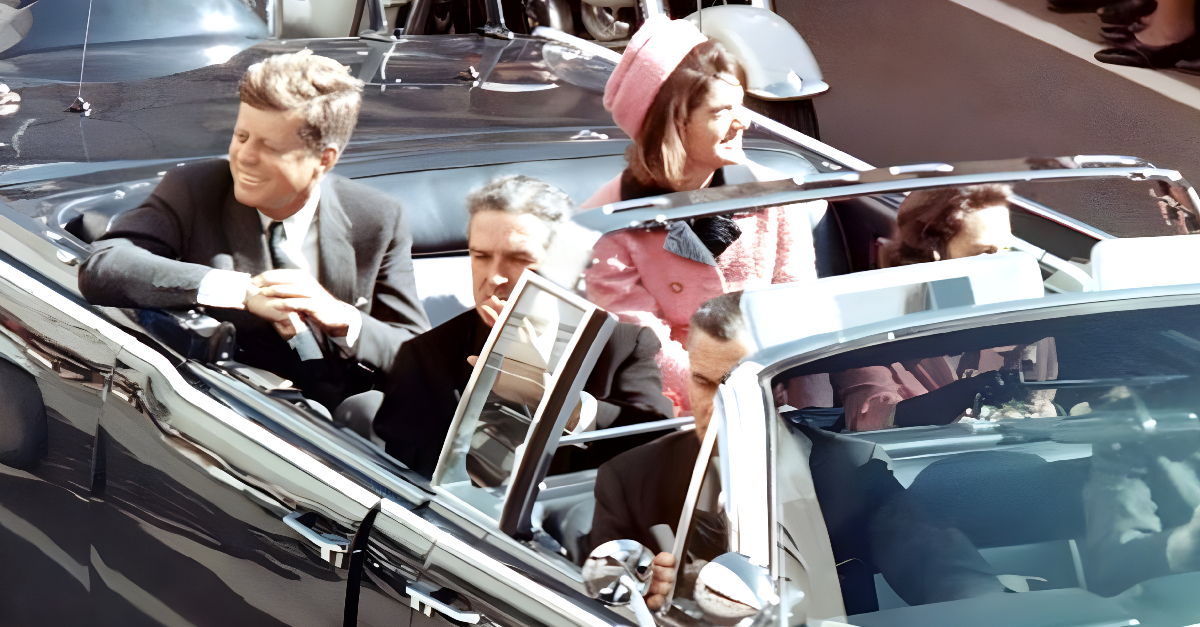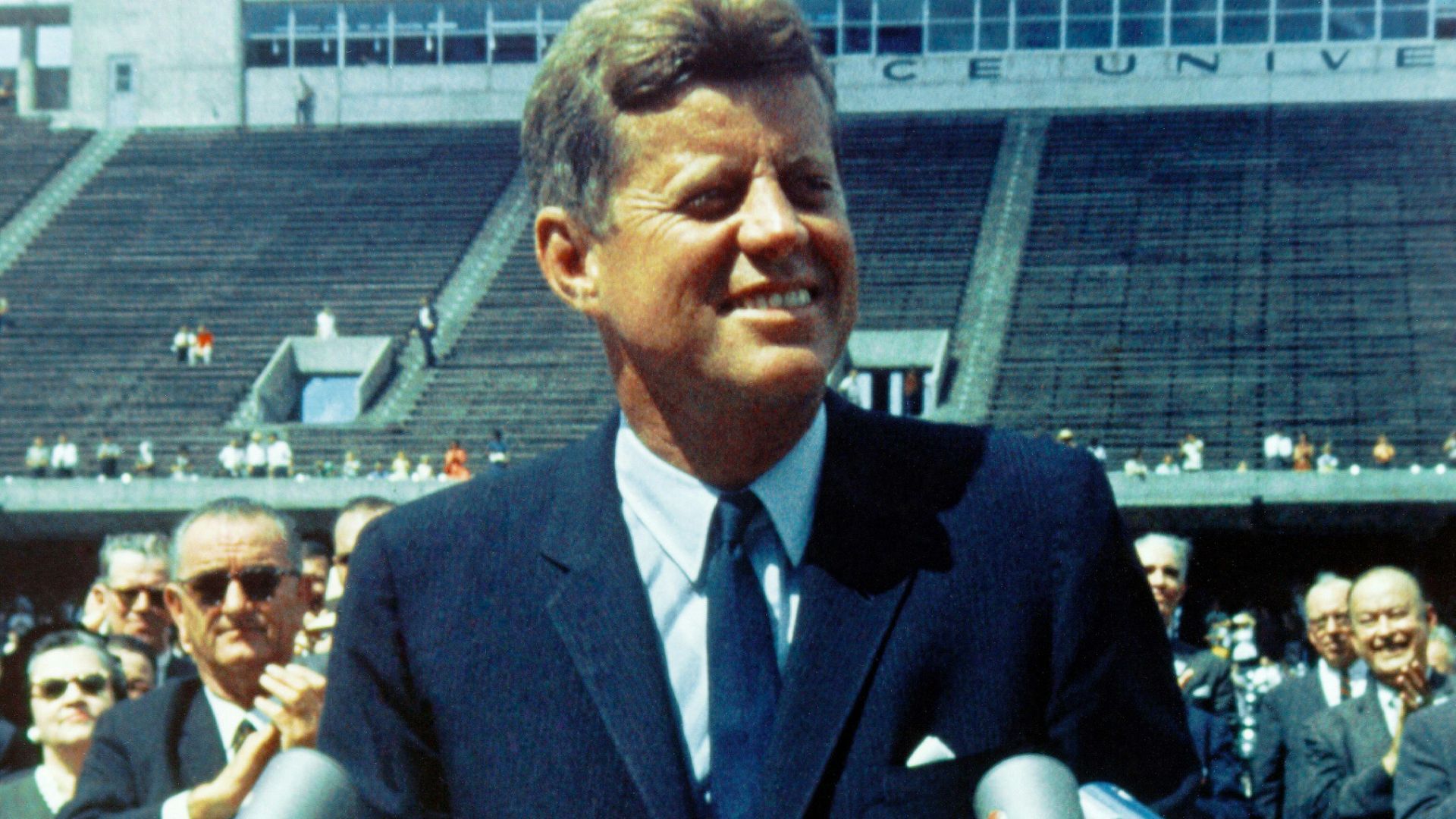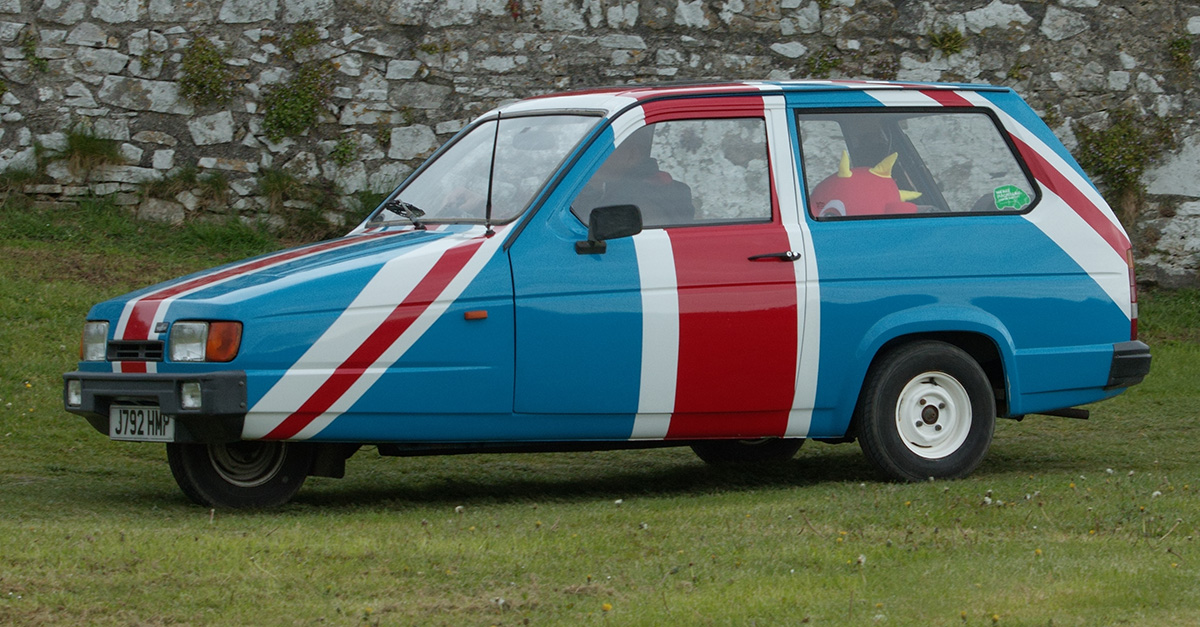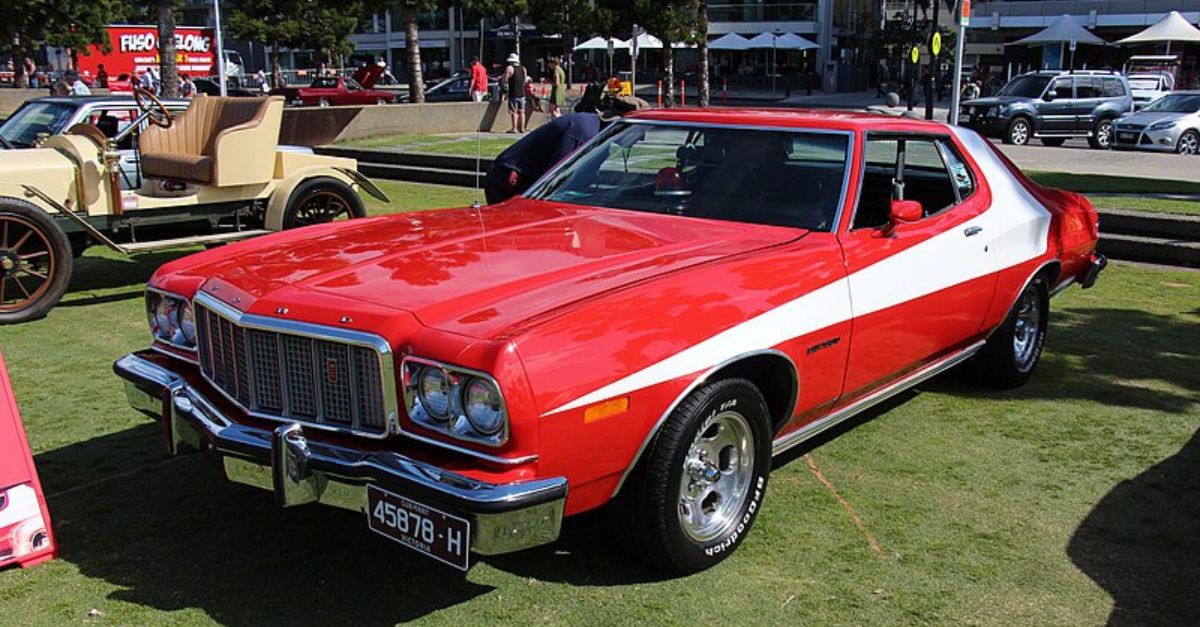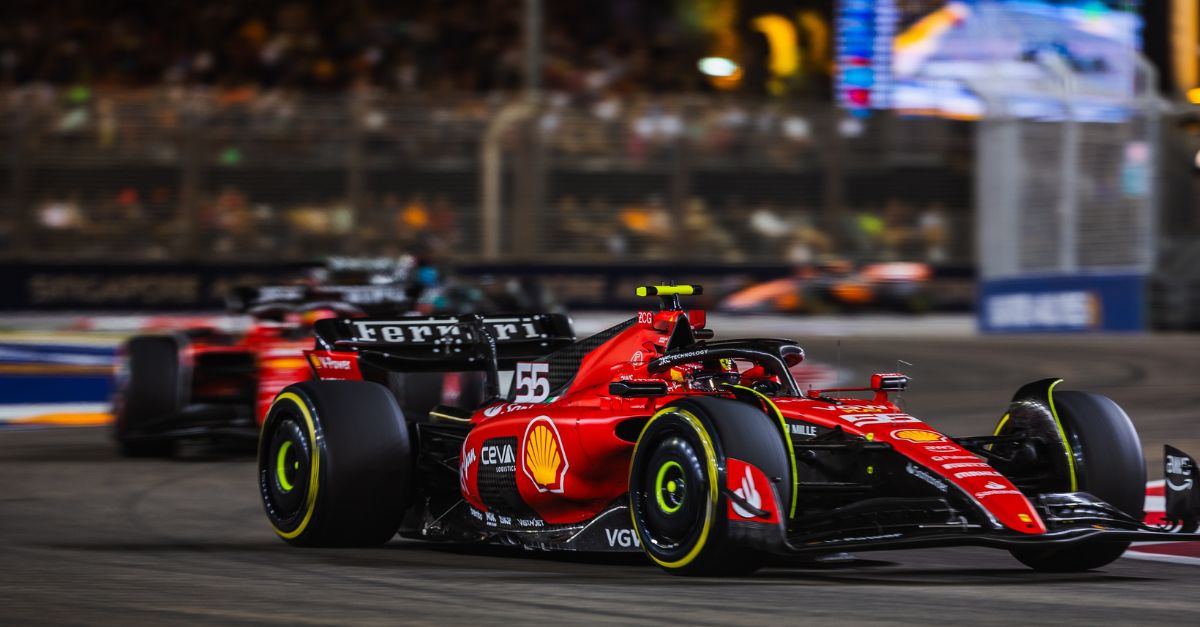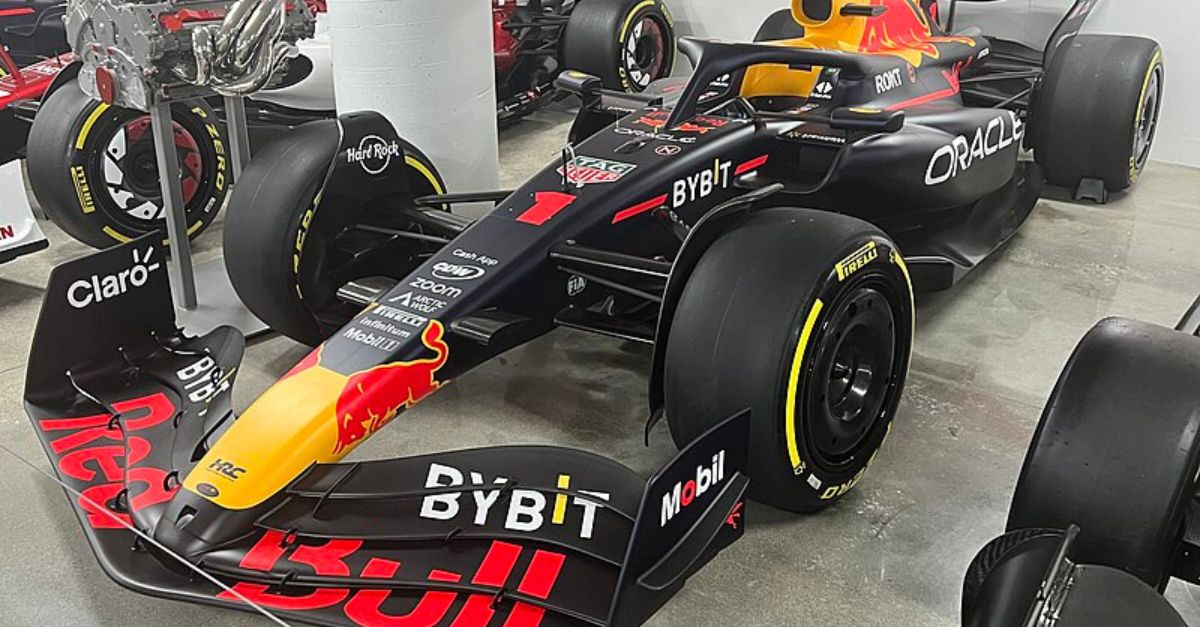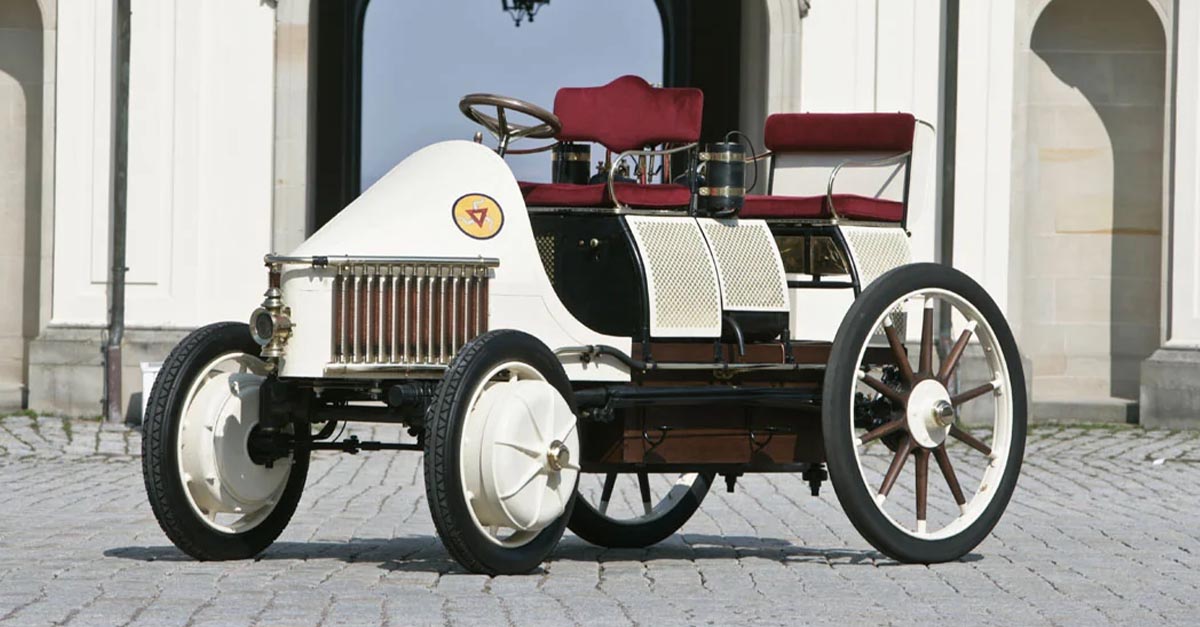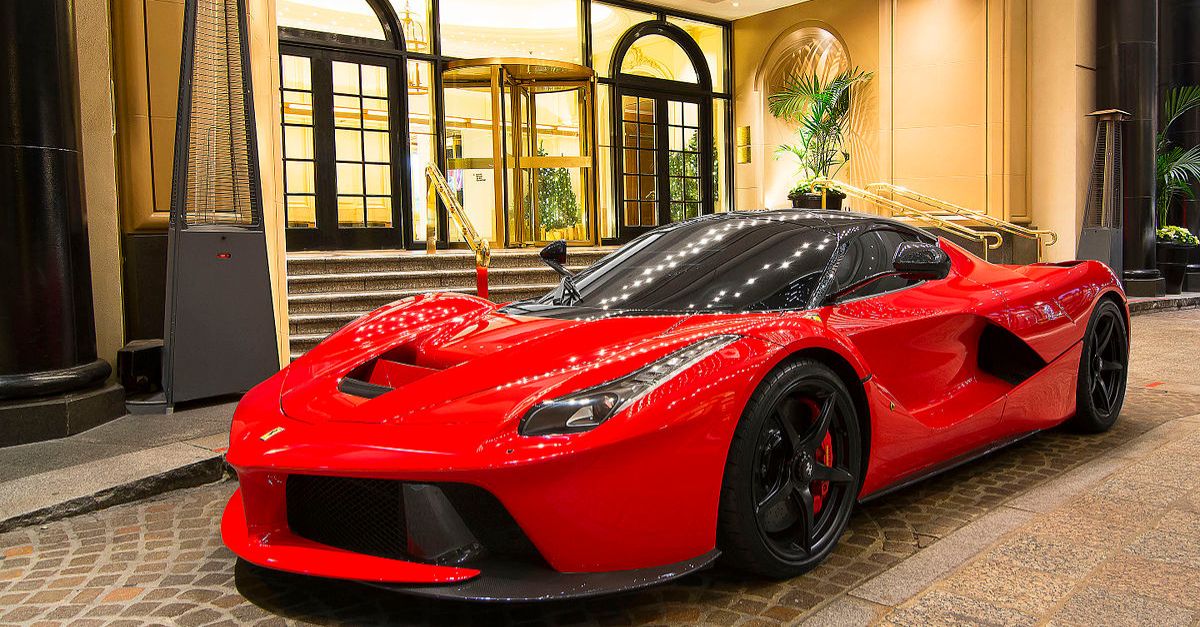A Presidential Ride Like No Other
When John F. Kennedy took office, the Secret Service commissioned a custom presidential limousine built from a 1961 Lincoln Continental convertible. It was sleek, modern, and among the most advanced state vehicles of its time. But before long, it would also become tied to one of the most tragic events in American history.
Why Lincoln, Not Cadillac?
Cadillacs had long been the White House standard, but Ford pushed hard for Lincoln’s brand-new Continental to take the role. Kennedy agreed, instantly turning the car into a rolling showcase of American luxury—and a centerpiece of the presidency.
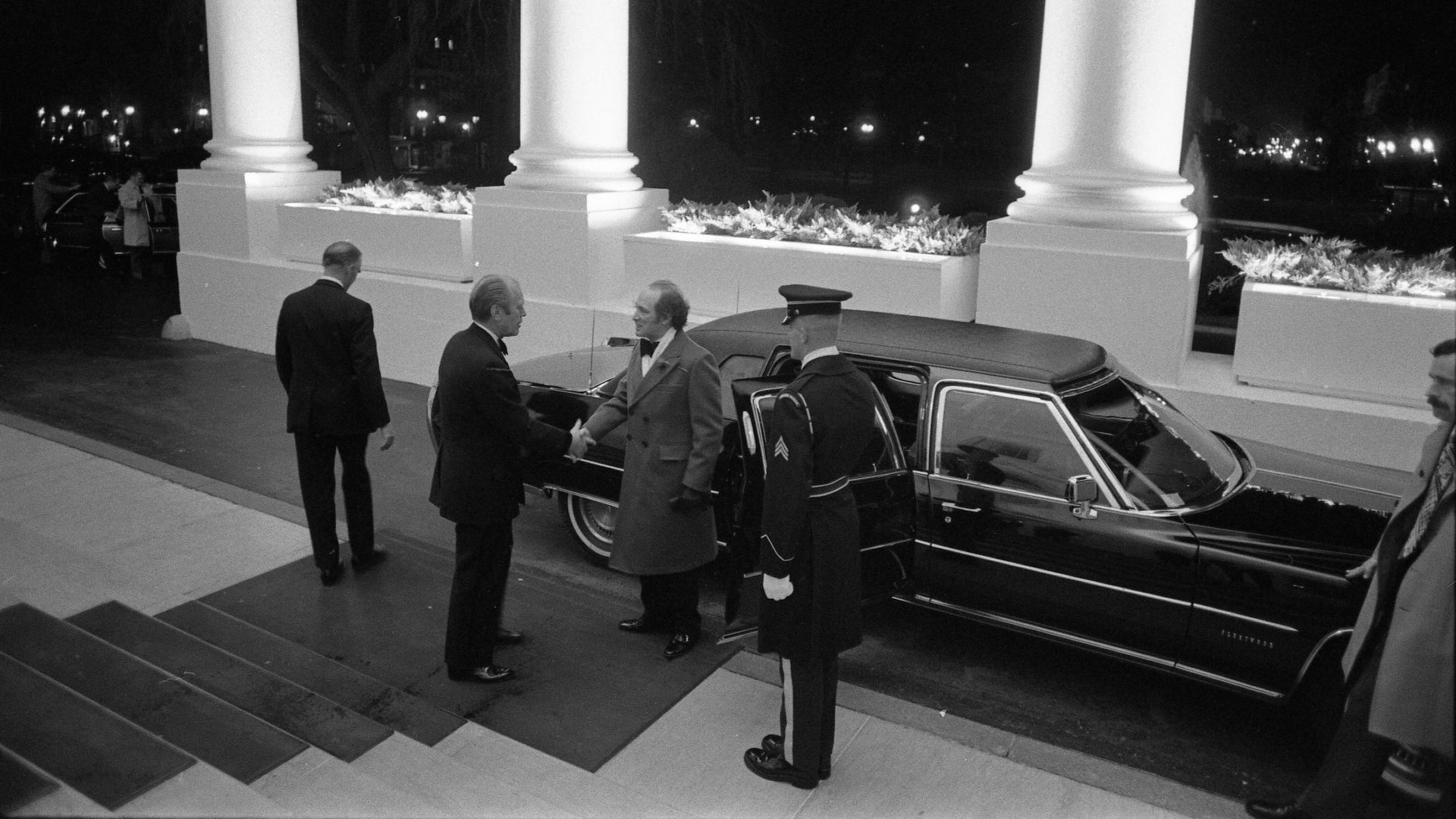 Unknown authorUnknown author or not provided, Wikimedia Commons
Unknown authorUnknown author or not provided, Wikimedia Commons
The Magic Touch of Hess & Eisenhardt
The Lincoln wasn’t just stretched—it was transformed. Cincinnati coachbuilder Hess & Eisenhardt extended it by 3½ feet, reinforced its frame, and hand-built special fittings. What rolled out was part limousine, part parade float, and part presidential stage.
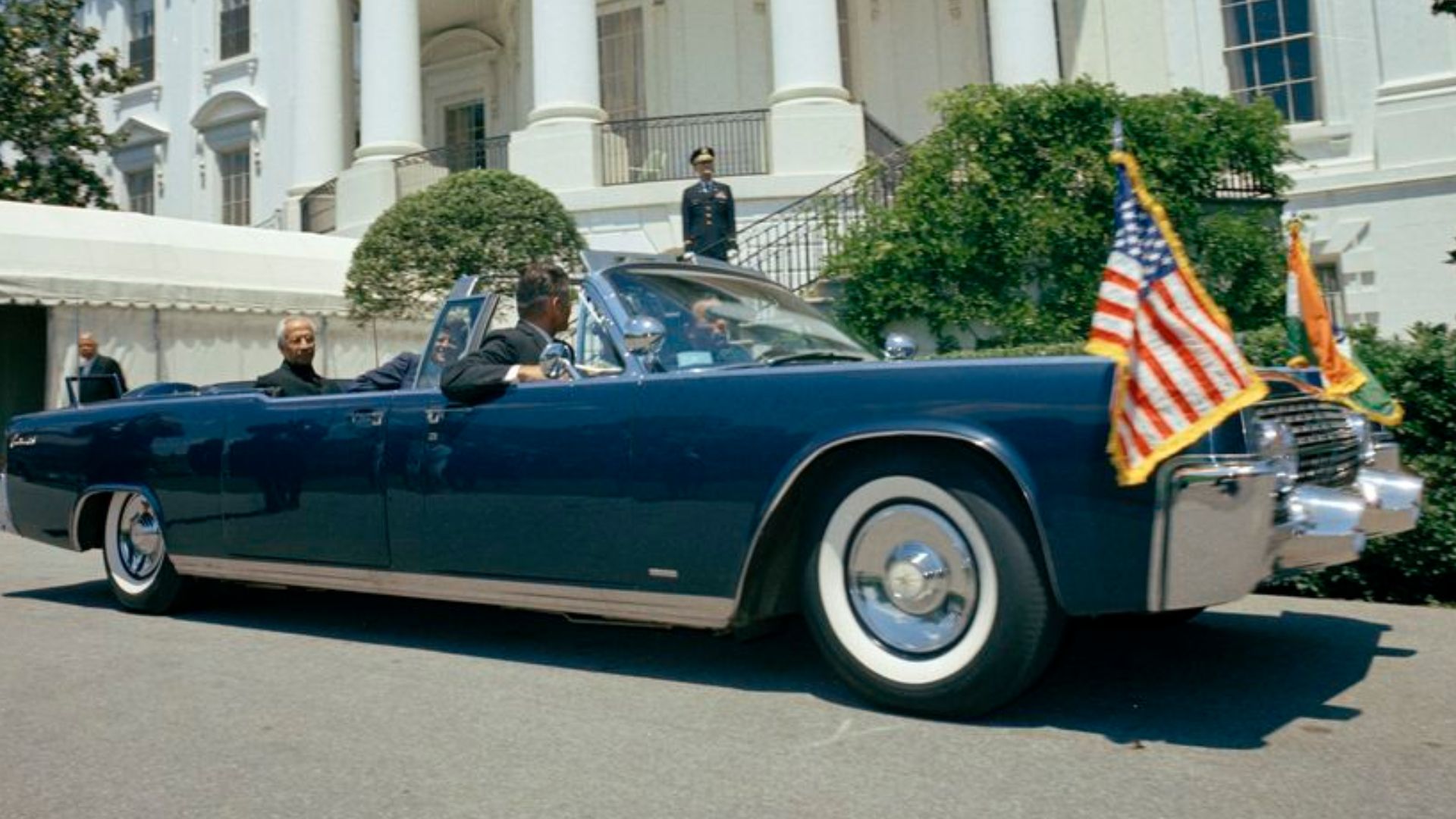 Cecil Stoughton, Wikimedia Commons
Cecil Stoughton, Wikimedia Commons
Kennedy Wanted to Be Seen
Kennedy valued visibility over distance. “I want to be visible to the people,” he reportedly told aides. The car’s design reflected that philosophy—open, elegant, and meant to bring the president closer to the crowds he loved.
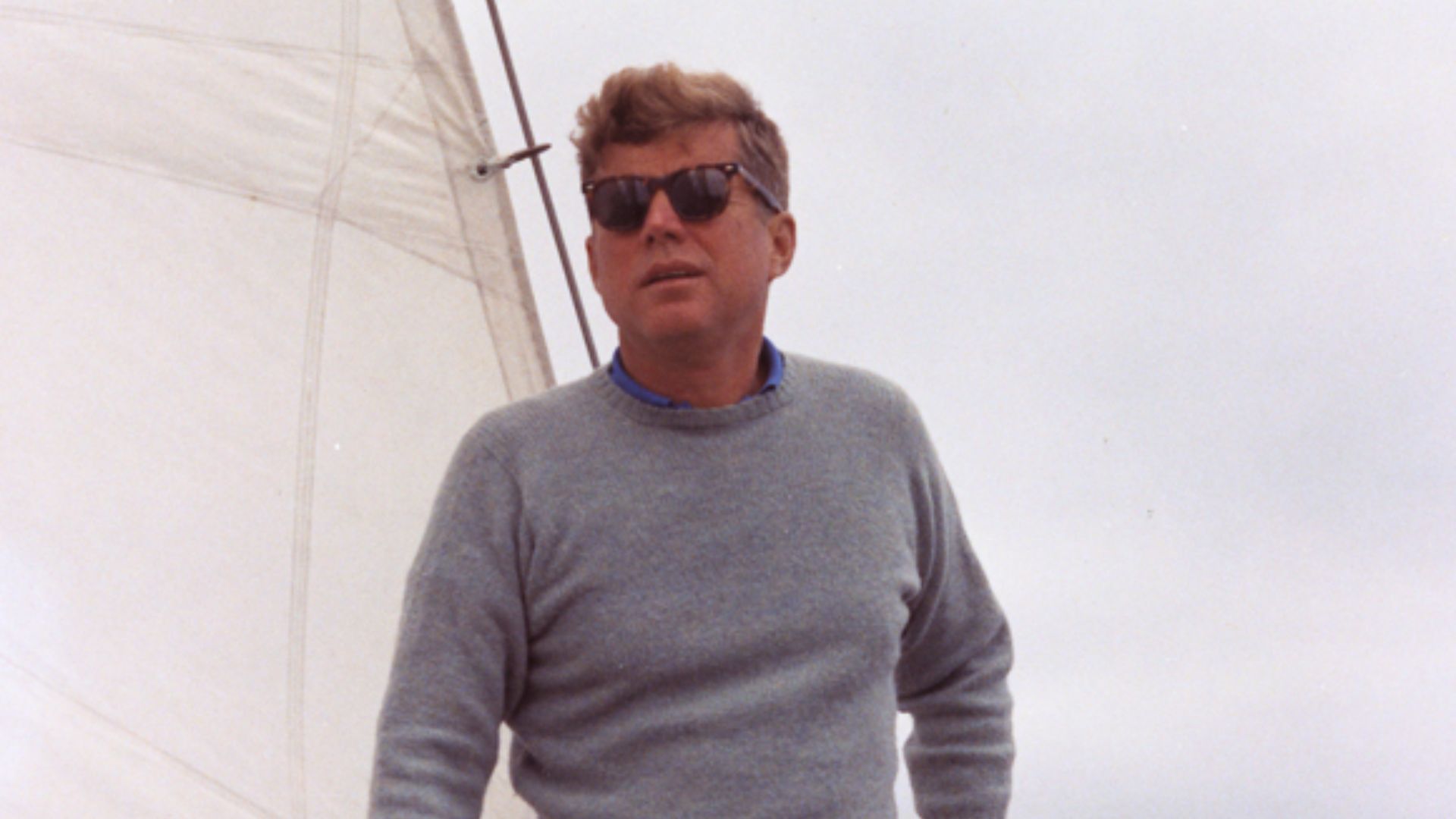 Robert Knudsen, Wikimedia Commons
Robert Knudsen, Wikimedia Commons
A Convertible With Options
The car came with six clear plastic roof panels that snapped into place and stored in the trunk when not in use. They provided some cover but no protection. Kennedy usually preferred the car fully open, despite Secret Service concerns.
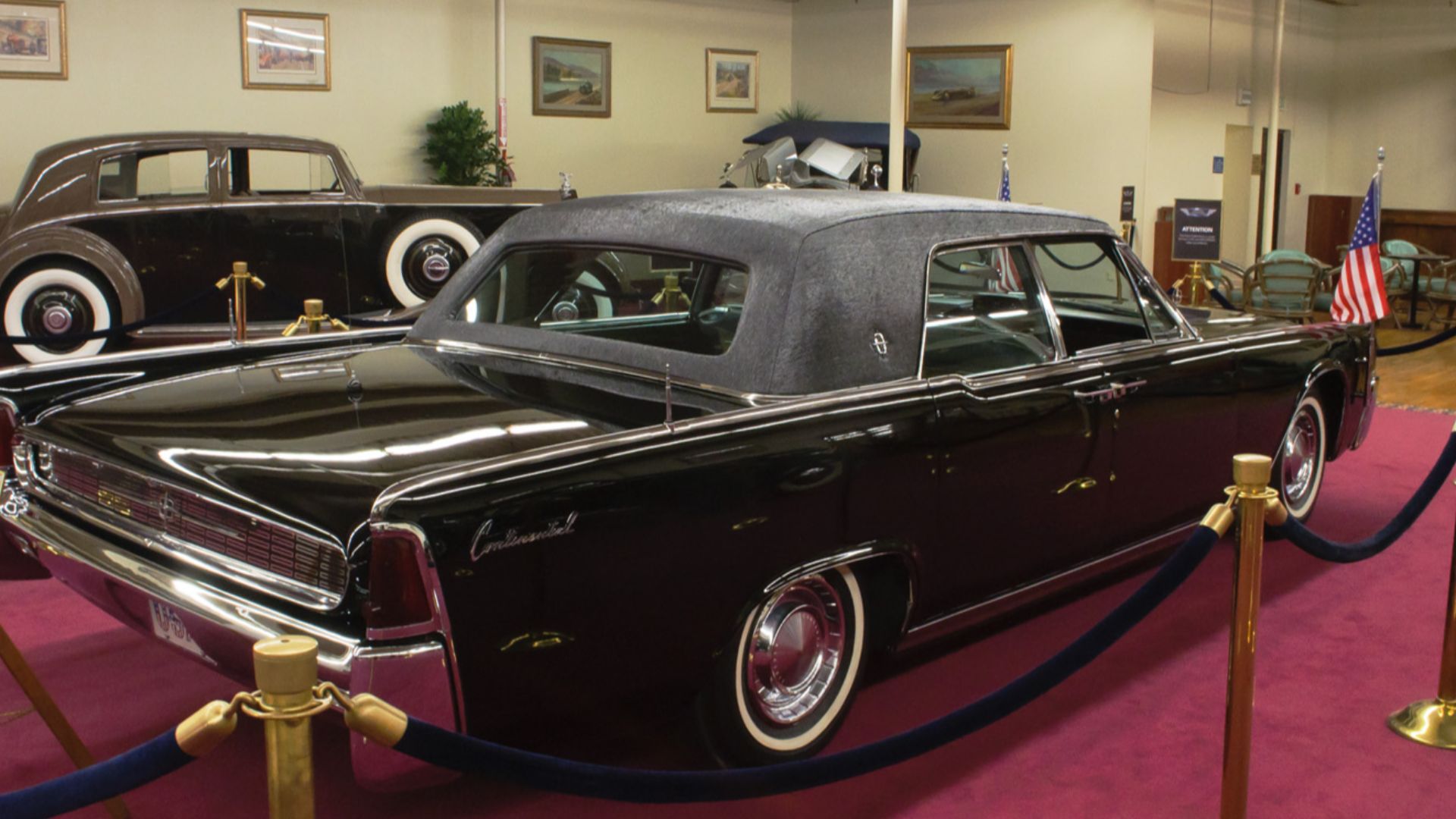 InSapphoWeTrust from Los Angeles, California, USA, Wikimedia Commons
InSapphoWeTrust from Los Angeles, California, USA, Wikimedia Commons
Painted Midnight Blue
Breaking with tradition, the car wasn’t black—it gleamed in “midnight blue.” Under daylight it shone with elegance, while at night it gave off a regal sheen under parade lights. The bold choice made it stand out in every motorcade.
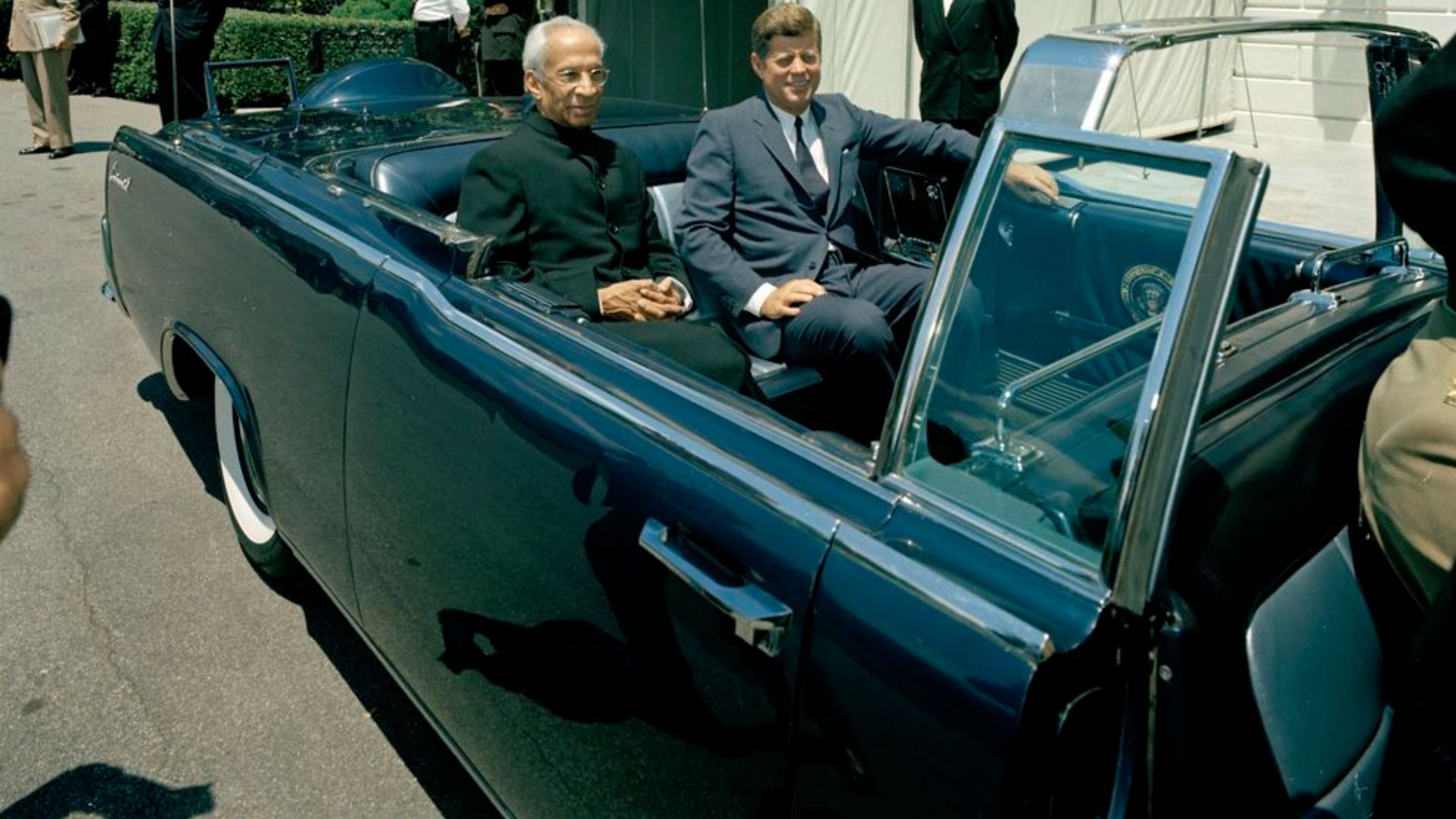 Cecil W. Stoughton, Wikimedia Commons
Cecil W. Stoughton, Wikimedia Commons
Packed With Surprising Tech
The car was loaded with gadgets. Hydraulic rear seats could raise Kennedy 10 inches higher for parades, running lights illuminated nighttime appearances, and radiophones kept him connected. Later, a dial telephone was even added. It was cutting-edge for 1961.
Comfort Came First, Not Security
Inside, jump seats folded out for aides and space was set aside for agents. But the limo lacked armor or bulletproof glass. In the early ’60s, access and openness outweighed safety—a philosophy that would be shattered in Dallas.
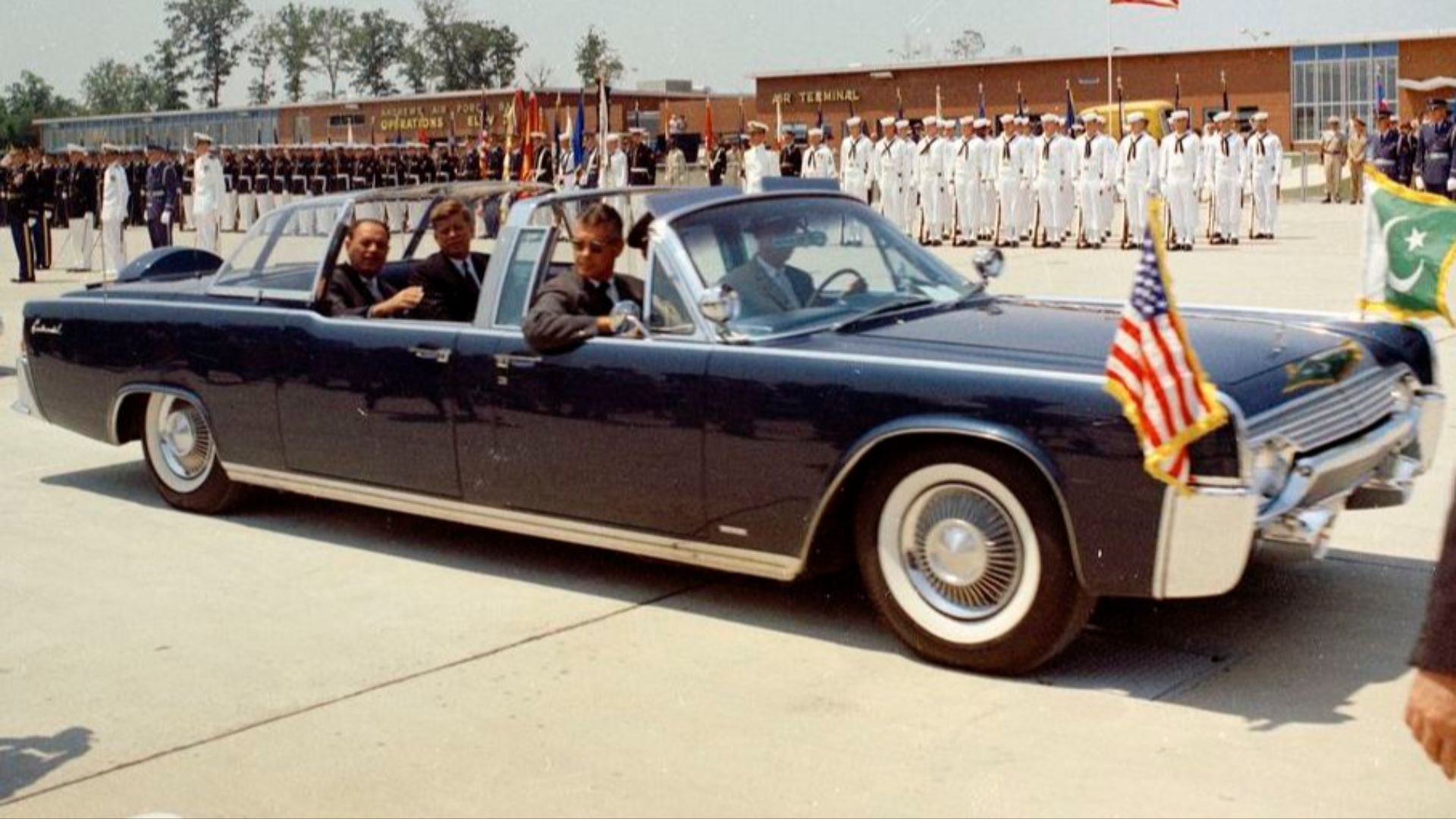 Rowe, Abbie, 1905-1967, Wikimedia Commons
Rowe, Abbie, 1905-1967, Wikimedia Commons
Star of the Motorcade
Before tragedy, the Lincoln was a star attraction. From Midwestern parades to big-city boulevards, Kennedy’s motorcades drew cheering crowds. The limo wasn’t just transportation—it was a stage for the president’s youthful charisma and his promise of a new era.
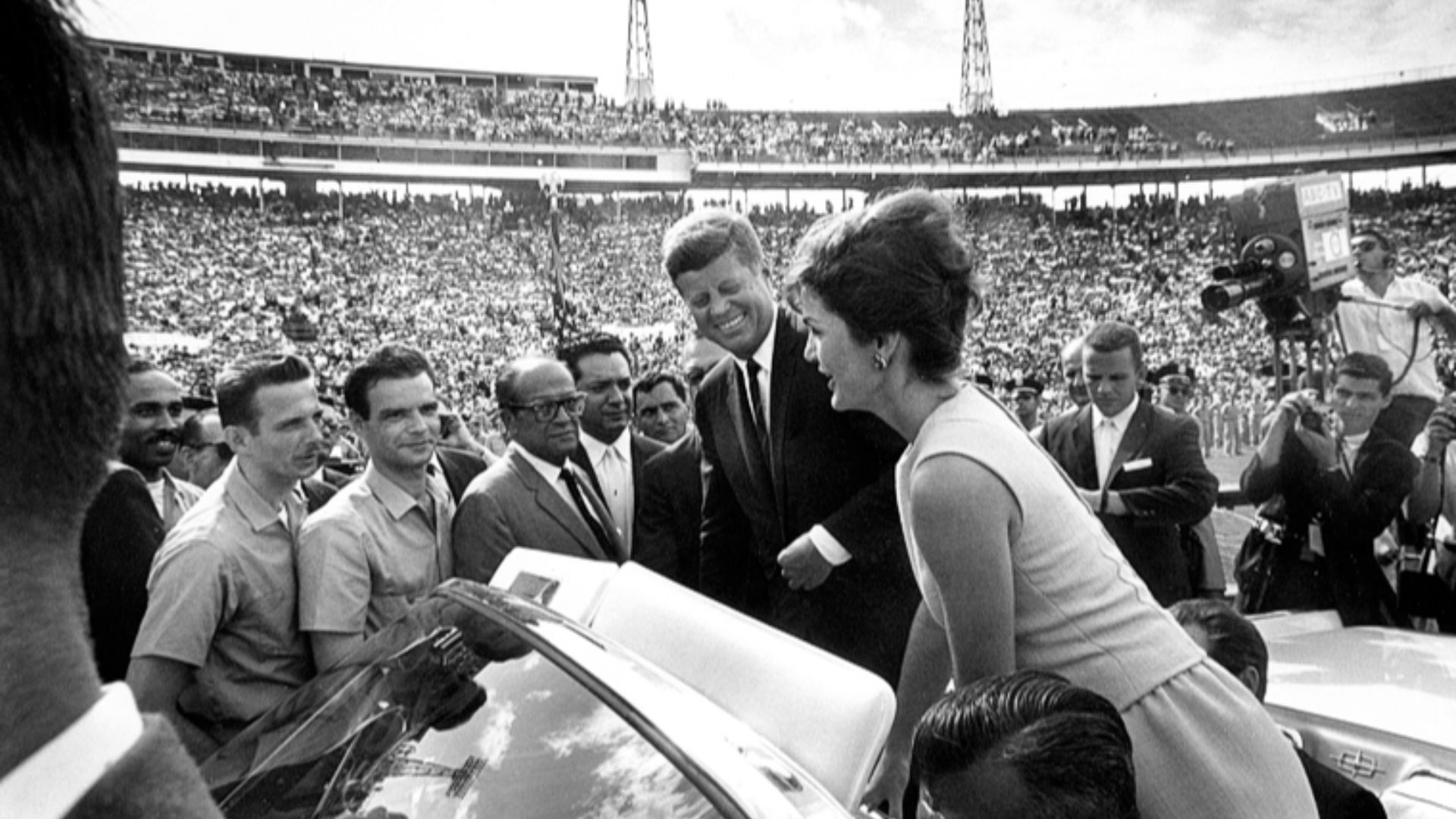 Photograph in the John F. Kennedy Presidential Library and Museum, Boston., Wikimedia Commons
Photograph in the John F. Kennedy Presidential Library and Museum, Boston., Wikimedia Commons
Dallas, November 22, 1963
That morning, Kennedy insisted the roof remain off. He wanted Texans to see him clearly. As the Continental crept through Dealey Plaza, Kennedy waved and smiled at the crowd—minutes before history changed forever.
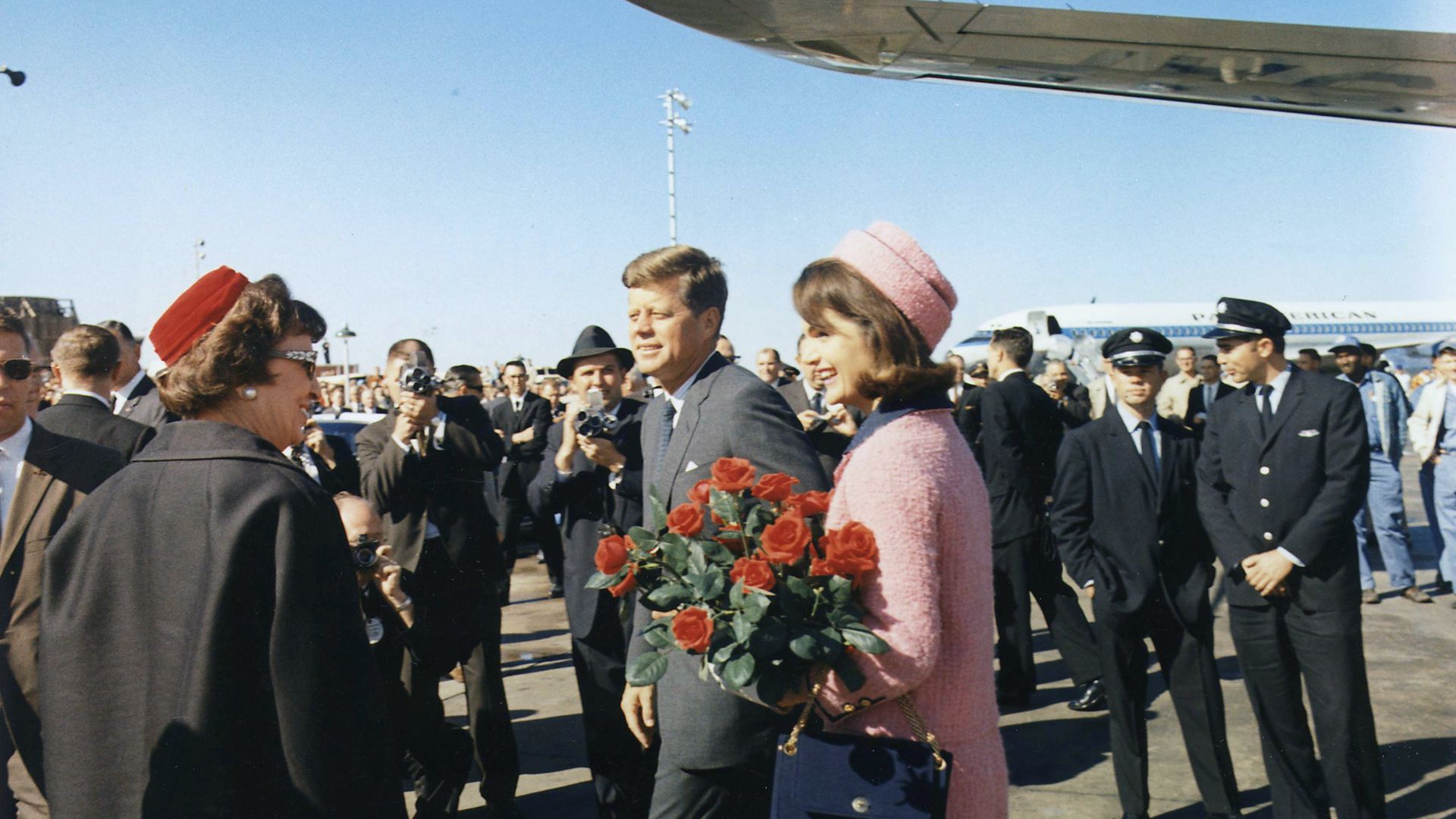 Cecil W. Stoughton, Wikimedia Commons
Cecil W. Stoughton, Wikimedia Commons
The Car That Made History
Shots struck, and Kennedy slumped in the back seat. The glamorous midnight-blue Lincoln instantly became a symbol of tragedy. What had been a showpiece of presidential visibility was now tied permanently to loss and vulnerability.
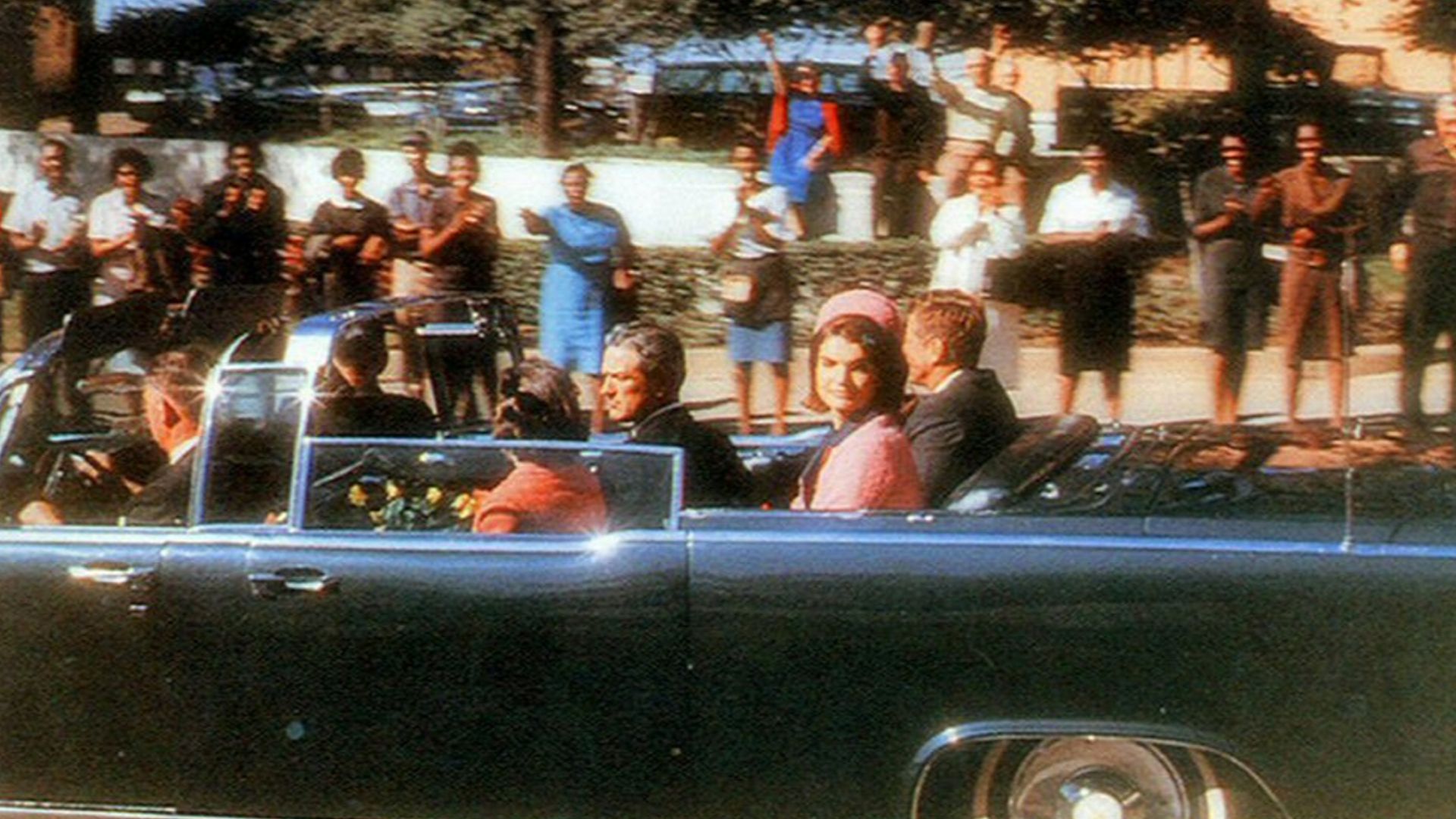 Robert Croft, Wikimedia Commons
Robert Croft, Wikimedia Commons
The Dash to Parkland
Agent Clint Hill sprinted and leapt onto the trunk, shielding Jackie Kennedy as the limo raced to Parkland Memorial Hospital. “They were running out of time,” Hill later recalled. The Lincoln became the president’s final, desperate transport.
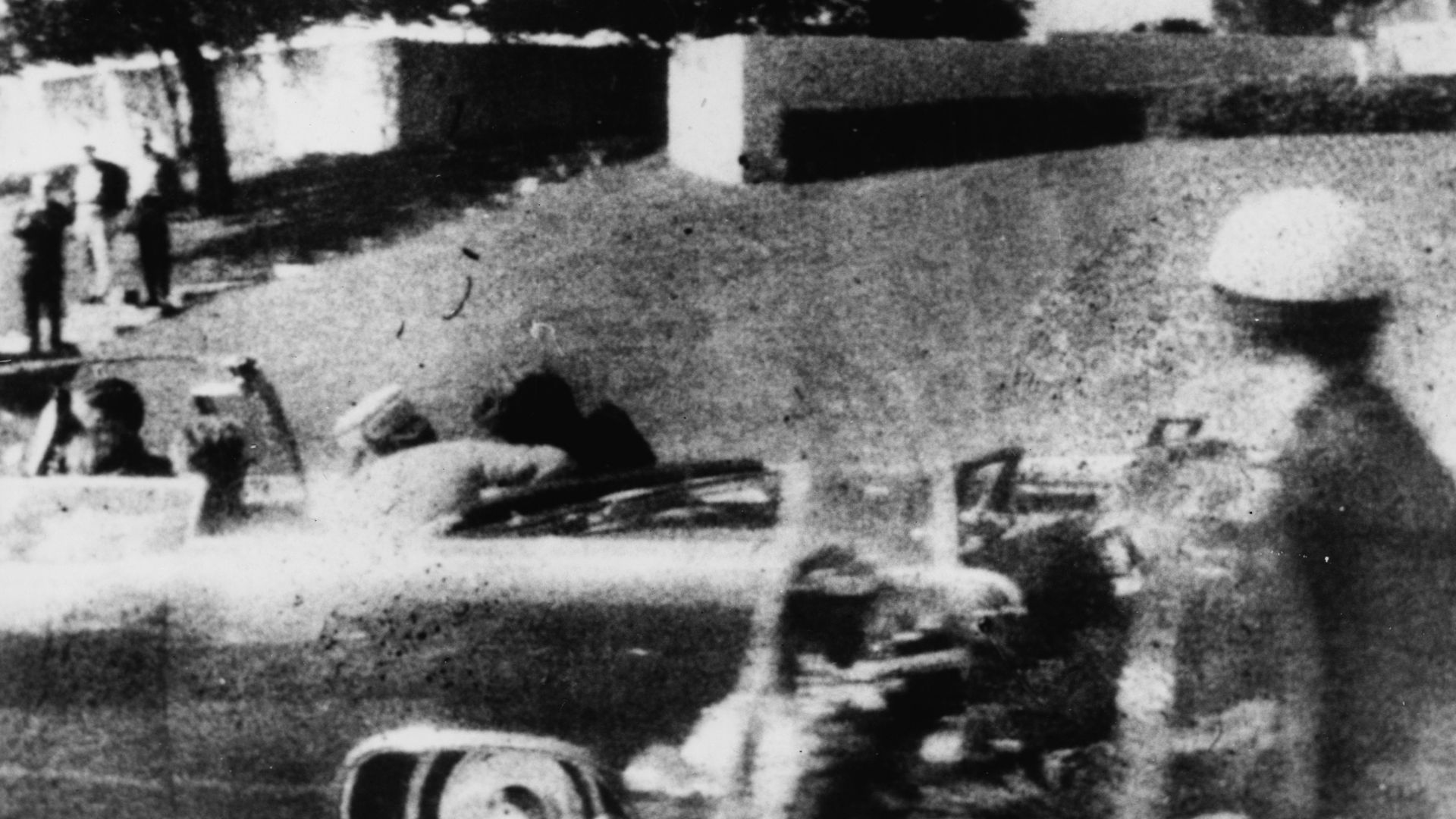 Mary Ann Moorman (Mary Krahmer), Wikimedia Commons
Mary Ann Moorman (Mary Krahmer), Wikimedia Commons
What Do You Do With a Car Like That?
The limousine was smeared with chaos and grief. Some argued it should be scrapped, but the Secret Service decided otherwise. Instead, they sent it back for a rebuild—trying to transform it into something useful again.
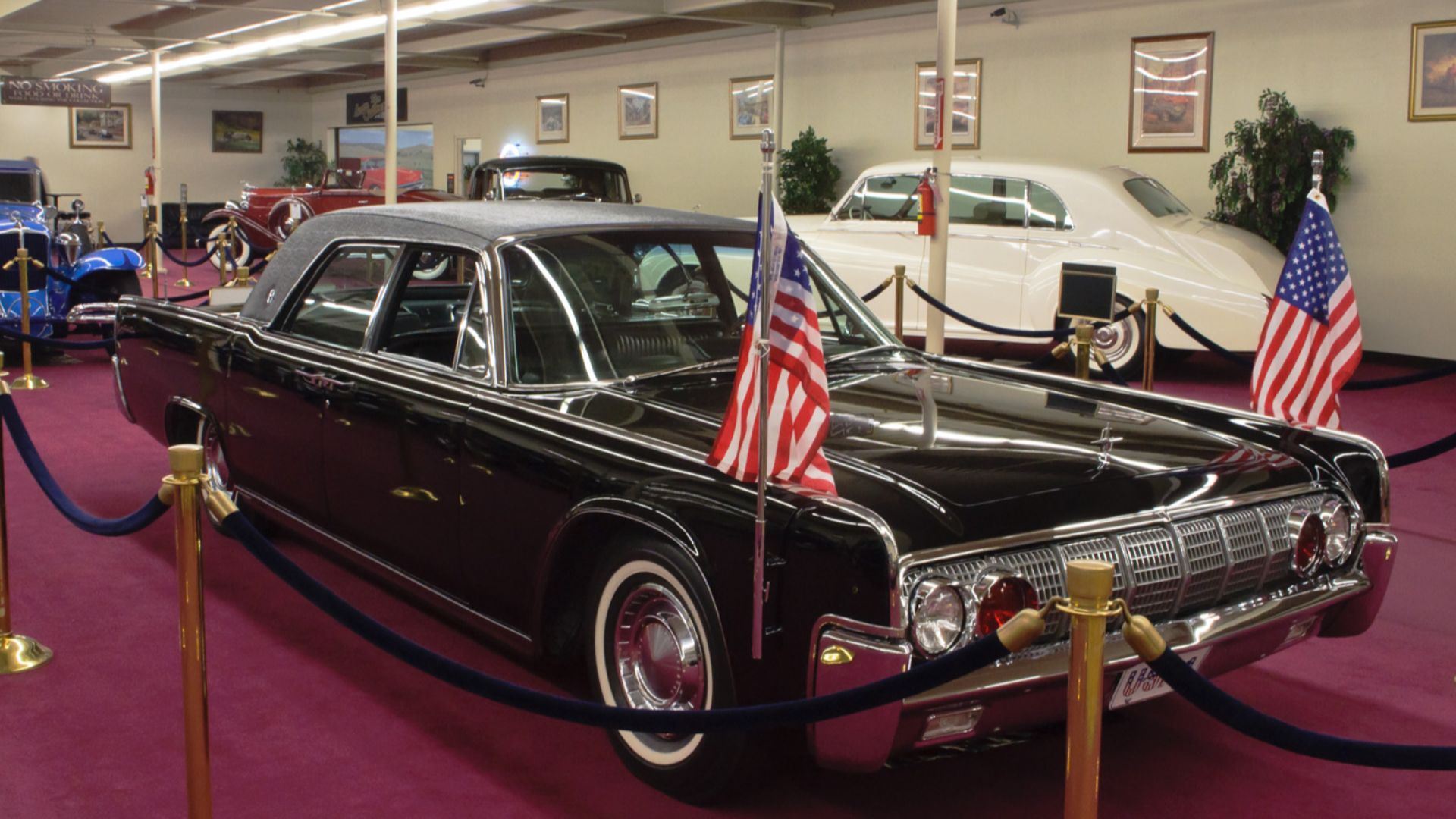 InSapphoWeTrust from Los Angeles, California, USA, Wikimedia Commons
InSapphoWeTrust from Los Angeles, California, USA, Wikimedia Commons
Rebuilt Into a Fortress
The overhaul—codenamed Project Quick Fix—added armor plating, resistant glass, a permanent roof, remote-control door locks, sirens, a PA system, and powerful A/C. Midnight blue gave way to black. It was the same car in name, but completely reimagined.
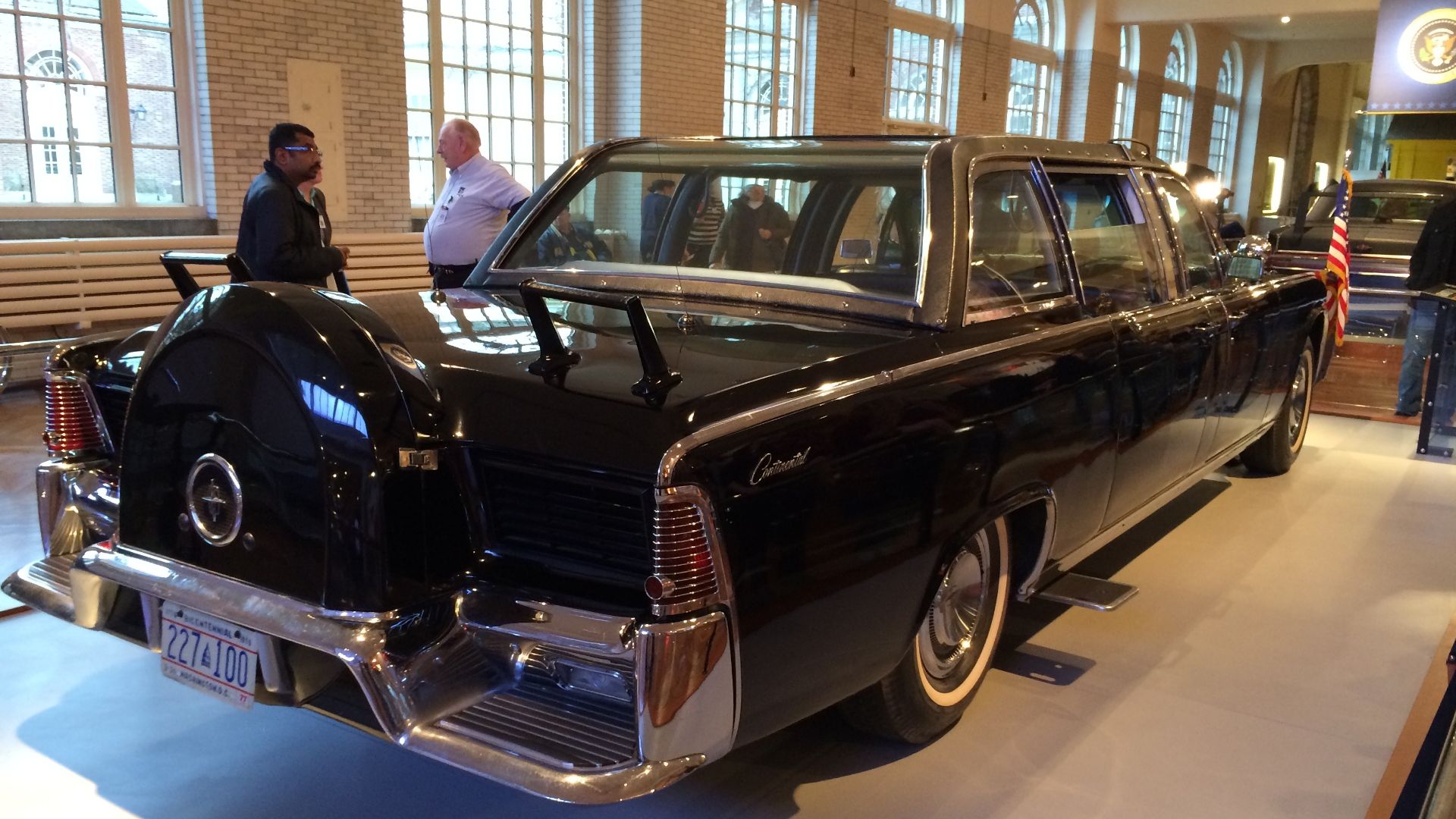 Chris Short from Detroit, MI, United States, Wikimedia Commons
Chris Short from Detroit, MI, United States, Wikimedia Commons
Code Name: X-100
The Secret Service designation for Kennedy’s limo was X-100. Even after its rebuild, the code name and silhouette carried a heavy association. Insiders always knew this was the car linked to that day in Dallas.
 Henry Ford Museum: Kennedy Presidential Limousine, Karl Flammer Ford of Tarpon Springs
Henry Ford Museum: Kennedy Presidential Limousine, Karl Flammer Ford of Tarpon Springs
Johnson’s Uneasy Ride
Lyndon Johnson had to use the rebuilt limo, though he was uneasy about it. Anecdotal accounts say he disliked being in “that limousine,” but until new vehicles arrived, X-100 remained his official car—an inescapable reminder of November 1963.
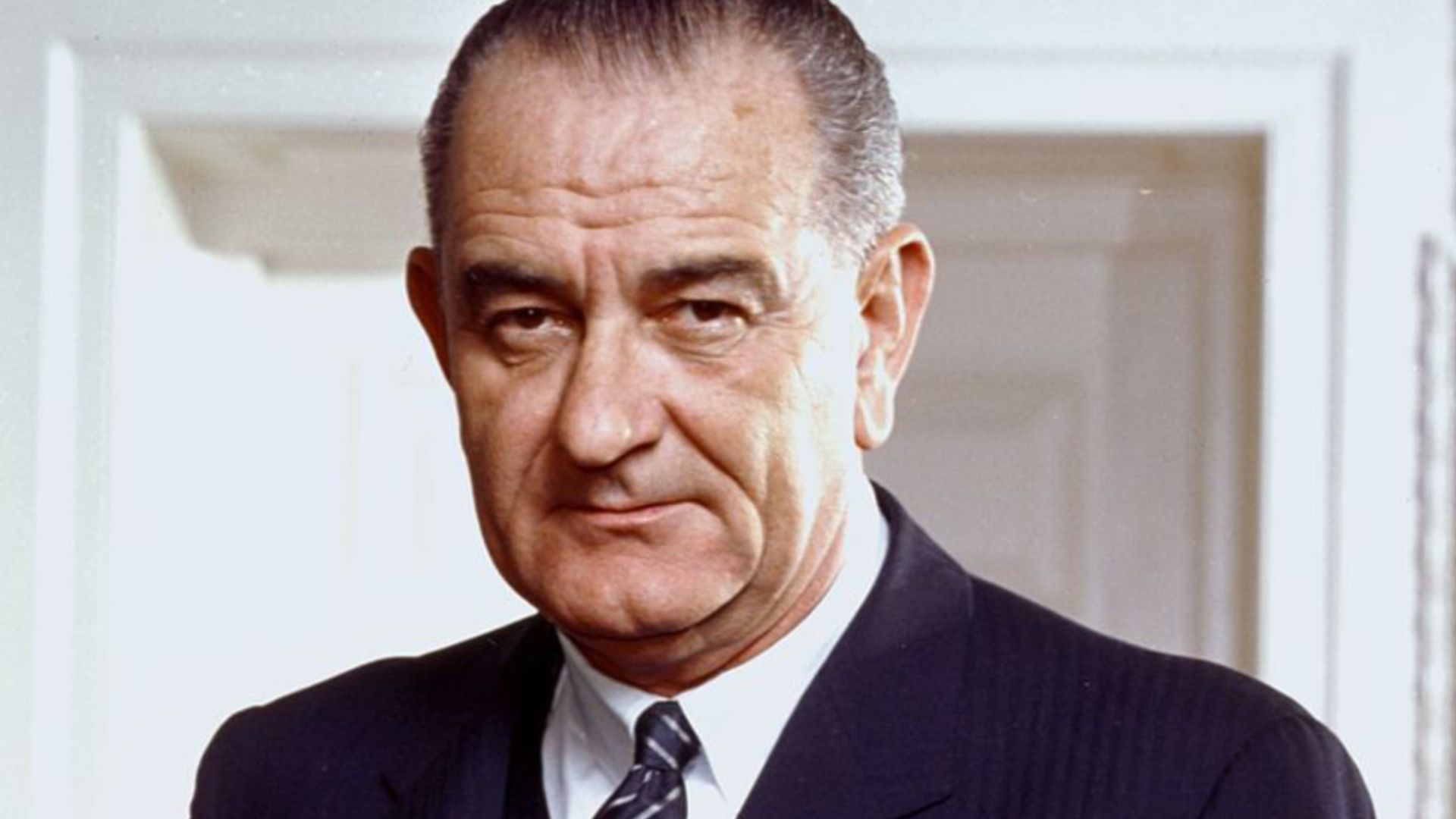 Arnold Newman, White House Press Office (WHPO), Wikimedia Commons
Arnold Newman, White House Press Office (WHPO), Wikimedia Commons
Nixon, Ford, and Carter
The car continued in service for years, carrying Presidents Nixon, Ford, and Carter at times. Though newer armored vehicles joined the fleet, the rebuilt Lincoln stayed available, a symbol both of continuity and the past that haunted it.
 JFK Limo 50th Anniversary | AOL Autos, Autoblog
JFK Limo 50th Anniversary | AOL Autos, Autoblog
Outlasting Them All
Most presidential limousines last only a few years. X-100, astonishingly, stayed in service until 1977—16 years after its debut. It became one of the longest-serving, most recognizable presidential vehicles in history, with a legacy unlike any other.
 JFK Limo 50th Anniversary | AOL Autos, Autoblog
JFK Limo 50th Anniversary | AOL Autos, Autoblog
Retirement at Last
Finally retired in 1977 under Carter, the Lincoln was sent to The Henry Ford Museum in Michigan. Instead of being forgotten, it became a historical centerpiece, preserved for visitors who wanted to see the car that carried history.
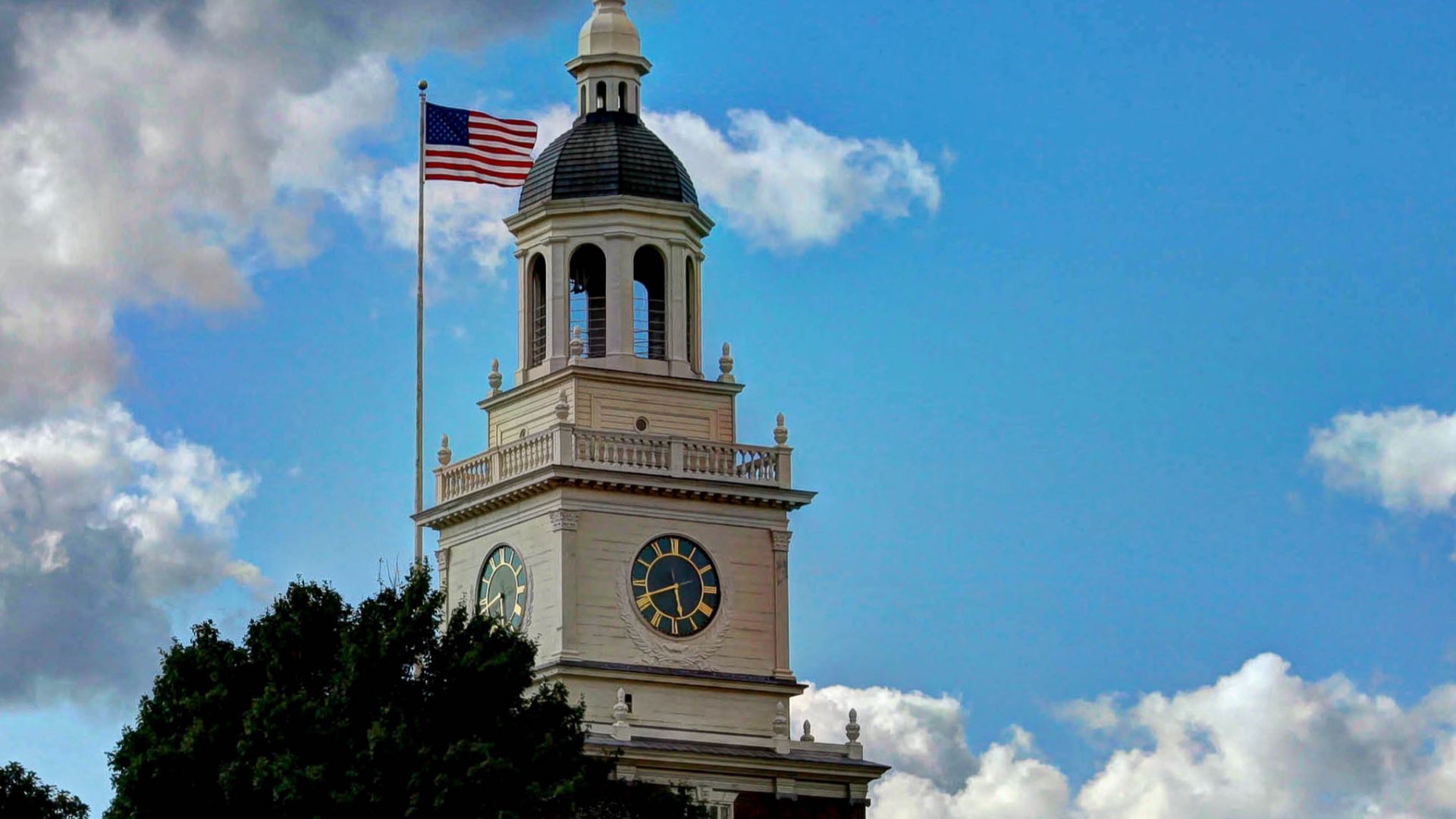 Alvintrusty, Wikimedia Commons
Alvintrusty, Wikimedia Commons
A Car That Speaks Without Words
Visitors often stand silently before the car today. It embodies two truths: Kennedy’s openness and charisma, and the vulnerability that changed America. Few artifacts so powerfully capture both hope and heartbreak in a single frame.
The Car That Changed Security Forever
After Dallas, presidents never rode openly again. Limousines became rolling fortresses, sealed with armor and glass. Kennedy’s Lincoln forced a permanent shift in protection, making presidential security a priority that still defines the office today.
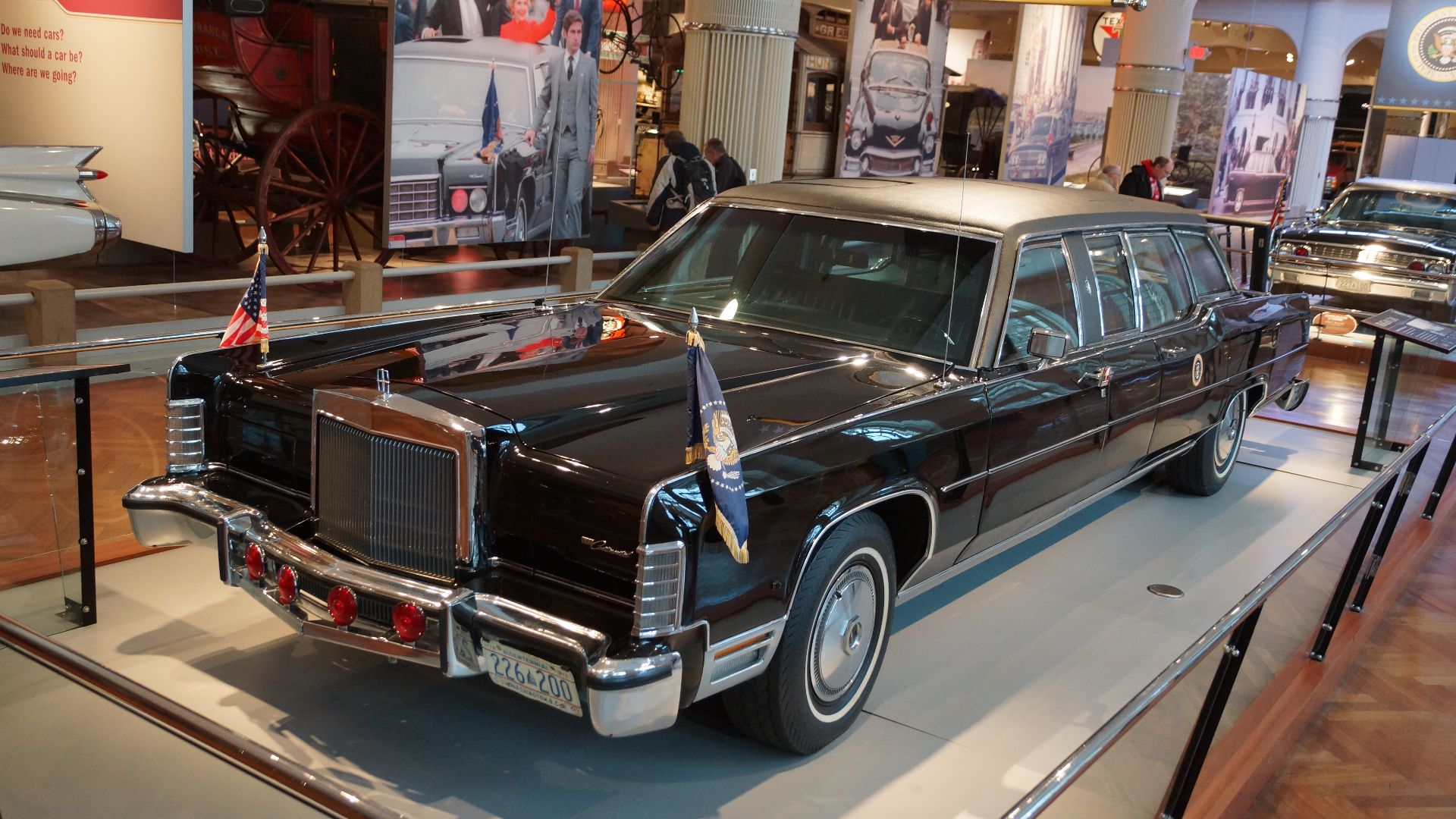 Greg Gjerdingen from Willmar, USA, Wikimedia Commons
Greg Gjerdingen from Willmar, USA, Wikimedia Commons
You Might Also Like:
The Most Unusual Engines Used In Production Cars
Classic Cars That Still Dominate Auction Blocks
How The Toyota Corolla Became The Best Selling Car Of All Time

